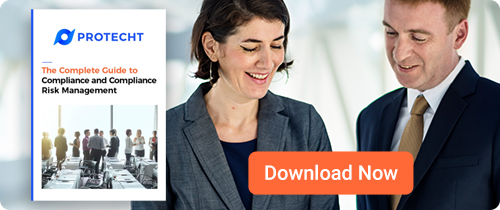In February this year, I ran a blog highlighting the power of the human brain and its senses in acting as a personal key risk indicator (KRI) system for personal early warning risk awareness as we journey through this inherently risky world. Read article: Operational Risk Management - Learning from yourself as an expert already.
This blog looks at the potentially awesome power
that a well-designed and well applied
KRI system can have in the business world.
KRIs have multiple purposes. The main one is to act as an early warning system to prompt initial investigation and response so as to deal with a risk early in its life. It helps a firefighting risk manager to become a proactive risk preventer. At a wider level, KRIs allow us to “measure” risk and incorporate risk into risk-based performance measurement, risk-based decision making and risk-based incentive schemes.
So how do KRIs work?
KRIs operate on the fact that as risk develops through its life, from root cause(s), through event(s) to final impact(s), red flags, symptoms and other evidence may be given off. KRIs tap into this information and turn it into intelligence to then be investigated and acted upon to deal with the risk most appropriately.
As an example, I was reading a recent article in an in-flight magazine which was referring to new technology using fibre-optic technology to monitor conveyors in the mining industry. They measure noise levels on belt idlers along the full length of the conveyor. This allows prediction of the failure of the idlers, allowing maintenance staff to replace worn parts before they break, rather than waiting for them to fail, thereby avoiding the cost and wider repercussions on lost production and safety. 
There is no truer cliché in risk management than “prevention is better than cure” and KRIs, when designed and used properly, give your business the capability to make this a reality.
Setting up a quality KRI process across your business is not easy nor without its challenges, but the effort pays big dividends when expended wisely. Many KRI processes we have observed have not been set up well. Many KRIs are lagging – too late to act as an early warning indicator. Many KRIs have a weak relationship with the risk and give false positives and false negatives.
The key is to develop strong leading indicators.

Send us an email to info@protechtgroup.com to register your interest.
